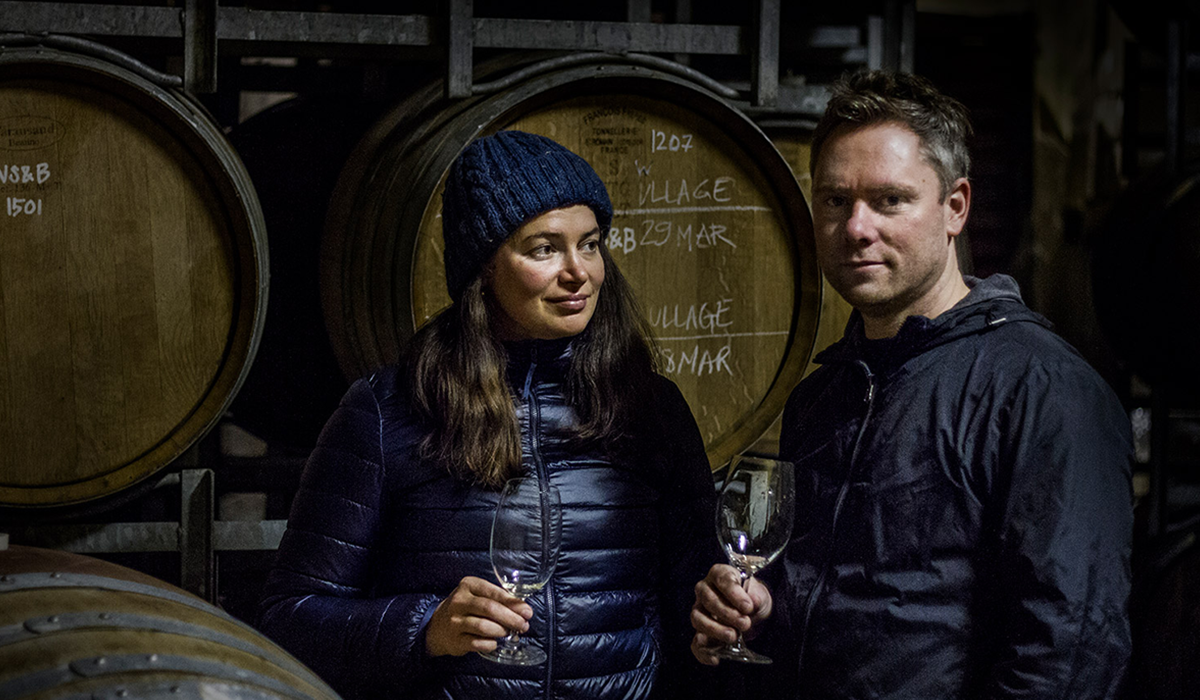Ripe grapes contain a mix of fructose, glucose and sucrose. In other words, sugar. Fermentation is the process of converting sugar to alcohol, and while most finished wine is ‘dry’, meaning that all the sugars have been converted into alcohol, some winemakers choose to leave some of that sugar behind. This is what we’re referring to when we talk about residual sugar, or RS for short.
Well, more or less...
“It still legally counts as RS when sugar is added back to a wine in the form of grape juice concentrate, to make cheaper wines more palatable to their target audience,” says Tessa Brown of Vignerons Schmölzer & Brown in Beechworth. “Many sub-$15 reds, for example, carry 6–8g/L RS, all from concentrate, to balance the rawness of tannin.”
And this is part of why it’s polarising. Culturally we’re taught that less sophisticated consumers like things to be sweetened, so it’s inoculated strongly in us that we should like dry-tasting things.”

Editor-in-chief Campbell Mattinson noticed higher levels of RS across the board in this year’s Awards judging, although that didn’t automatically equate to sweeter wines. In many cases, it’s about adding texture and balance.
With naturally high acidity and a low pH, riesling lends itself very well to sugar retention. Even the super-dry Aussie styles, which are hugely commercially successful, have a touch of RS. You don’t notice it’s there, but you’d know if it wasn’t. Same goes for pinot gris and chenin blanc.
Schmölzer & Brown’s 94-point 2022 Obstgarten T Riesling comes in at 6 g/L RS, for example – Jeni Port wrote it up as “a dry, distinctly cool-climate riesling of class.” Likewise for Mac Forbes’ 94-point RS15 Riesling 2022, Strathbogie Ranges. “Chalky textured, finely detailed and with balanced and perfectly integrated acidity, you’d struggle to guess that this has 15g/L of RS,” wrote Philip Rich.
“We’re growing riesling in sites far better suited to retention of acidity (high-altitude mainland sites and in Tasmania) and this leads to a very different range of expressions in the variety coming through in the wines, particularly with respect to supporting natural acidity, which makes RS more of an option,” Tessa says.
Enrol in a Halliday Wine Academy course in 2024
Learn more about climate and wine with Halliday Wine Academy.Across eight modules, Halliday Wine Academy's Introduction to Wine online course offers a detailed look at the Australian wine landscape. Learn about Australian wine regions, how wine is made, how to taste and describe wine, how to approach food and wine matches, along with handy tips that address common wine questions.
If you prefer to learn in a classroom setting, enrol in our 2024 Fundamentals of Wine in-person classes that kick off in May. Our Fundamentals of Wine in-person course includes one two-hour session per week for four weeks. Students will be hosted by Jane Faulkner in Melbourne and Mike Bennie in Sydney.
Words by Nola James.





